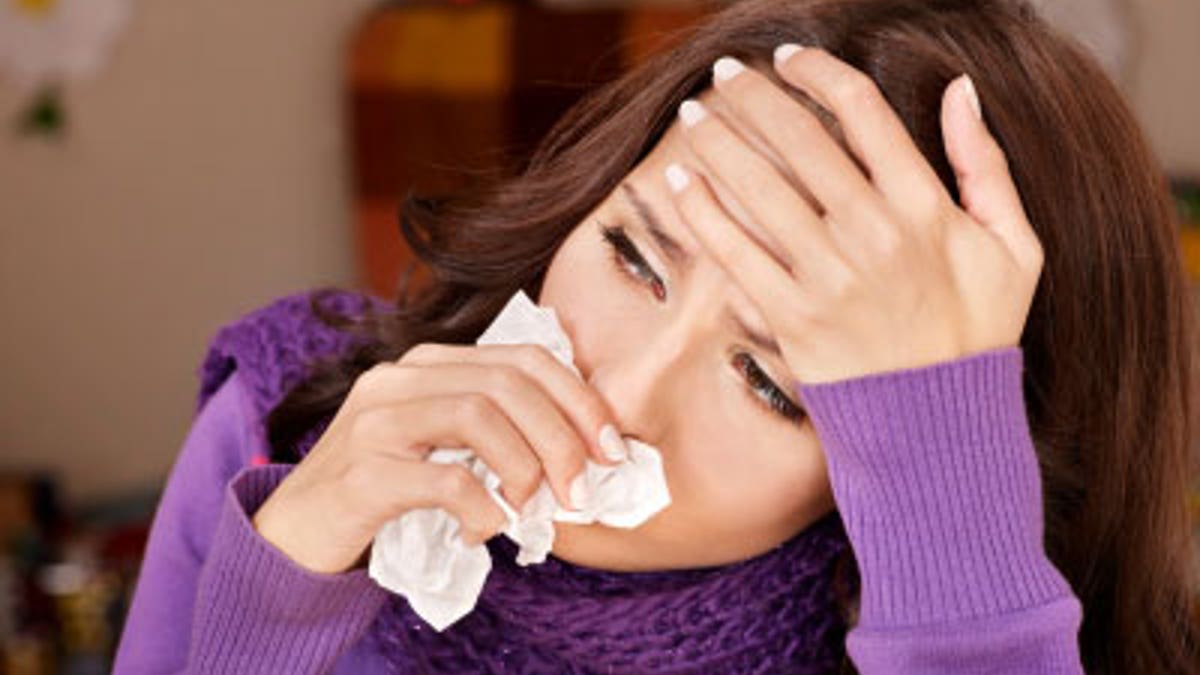
The flu virus is thought to thrive in cold weather, so it’s no surprise that during this unseasonably warm winter, we’ve had an equally mild flu season. Doctor visits for the flu have been below average this winter, according to the Centers for Disease Control and Prevention (CDC).
But don’t think you’re in the free and clear.
Typically, flu season peaks in February or March, so it still has time to ramp up—meaning you still have time to get a flu shot—the kingpin of prevention—if you haven’t already.
“While activity has been relatively quiet, we would expect it to pick up as we move into February,” said Tom Skinner, a spokesperson for the CDC.
Flu season doesn’t end with the start of spring either. It can continue well into May, he added.
Because of the unpredictability of the flu, there is still a risk that it will become more widespread.
“You would think at this point we would have a better idea of what makes for mild or bad flu seasons,” said Dr. Paul Offit, chief of the division of infectious diseases at the Children’s Hospital of Philadelphia. “But we don't."
You can keep on top of the flu’s progress in your neck of the woods through the Google’s Flu Trend website or the CDC’s flu map.
Currently, the CDC reports the flu is mostly sporadic with a few regional outbreaks in California, Colorado, New Hampshire, Virginia, Kentucky and Missouri.
If the winter remains mild, the chances of a mild flu season are high due to a combination of factors.
“There are some who believe that flu viruses do like cooler weather and lower humidity, but we don’t have any solid science to prove it,” Skinner said.
Also, in colder months, people tend to group together in closed areas, increasing the likelihood that colds and flu will spread. But when it’s warmer out, kids get outside for recess and adults get out of their offices for lunch. Another factor is that vitamin D is known to boost immunity. When it’s cold out, people get little sun exposure, so their skin doesn’t produce much vitamin D, compromising their immune system. But when it’s 50 degrees out and sunny, you’re likely to go outdoors, get some sun, and get a hefty vitamin D boost.
So what can you do at this point?
• “Getting a flu shot is the single most important thing someone can do to protect themselves from the flu,” Skinner said.
• Make sure your immune system is operating at its peak so it can help fight off any viruses you come in contact with. That means daily exercise, getting enough sleep, keeping stress level down, eating a well balanced diet, drinking lots of fluids, and making sure you get some vitamin D – either through sun exposure or taking a supplement.
• Avoid close contact—kissing, handshakes—with people who are sick and coughing. If you’re sick, stay home and keep your distance from others.
• Cover your mouth and nose with a tissue, not your hand, when coughing or sneezing.
• Wash your hands often to protect against germs you may pick up from door knobs, handshakes or surfaces. Use an alcohol-based hand sanitizer when you can’t wash your hands.
• Keep your hands away from your face. Avoid the urge to touch your eyes, nose or mouth.
Laurie Tarkan is an award-winning health journalist whose work appears in the New York Times, among other national magazines and websites. She has authored several health books, including "Perfect Hormone Balance for Fertility." Follow her on Twitter and Facebook.
